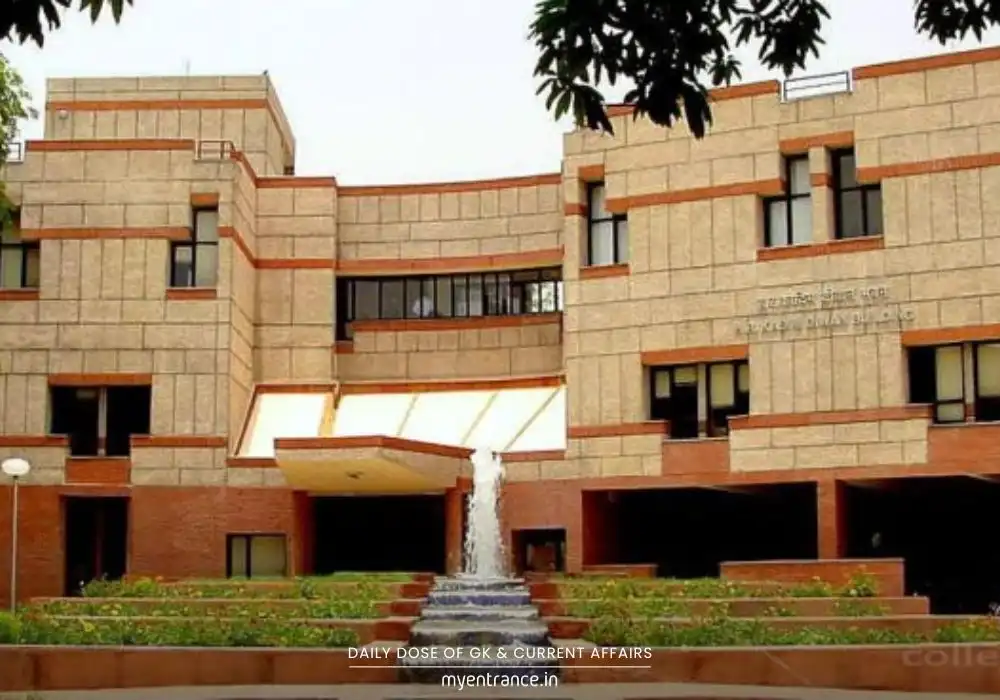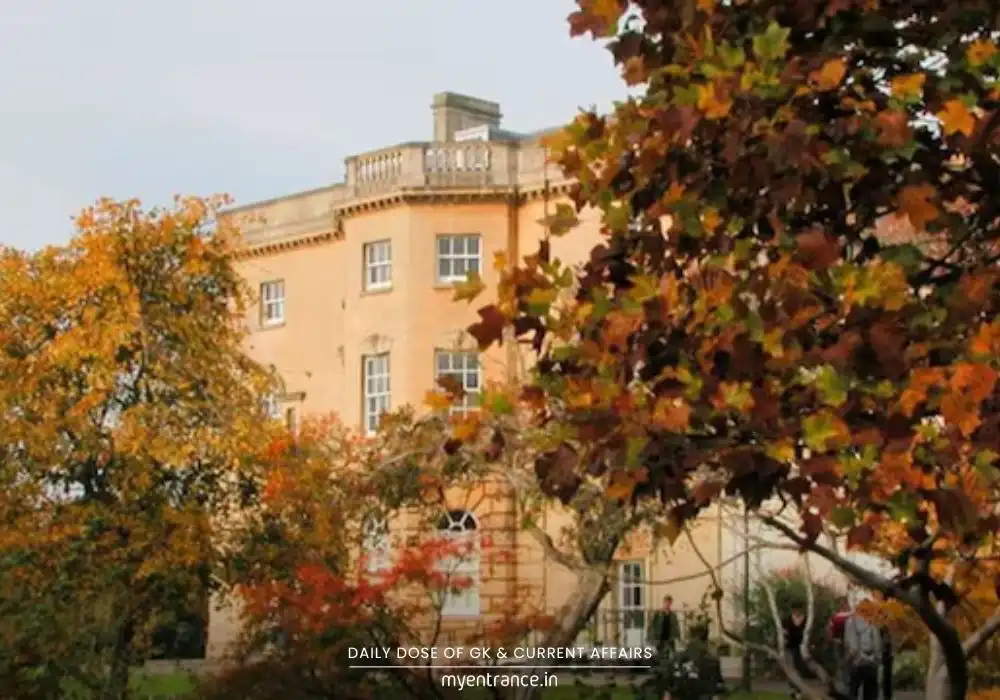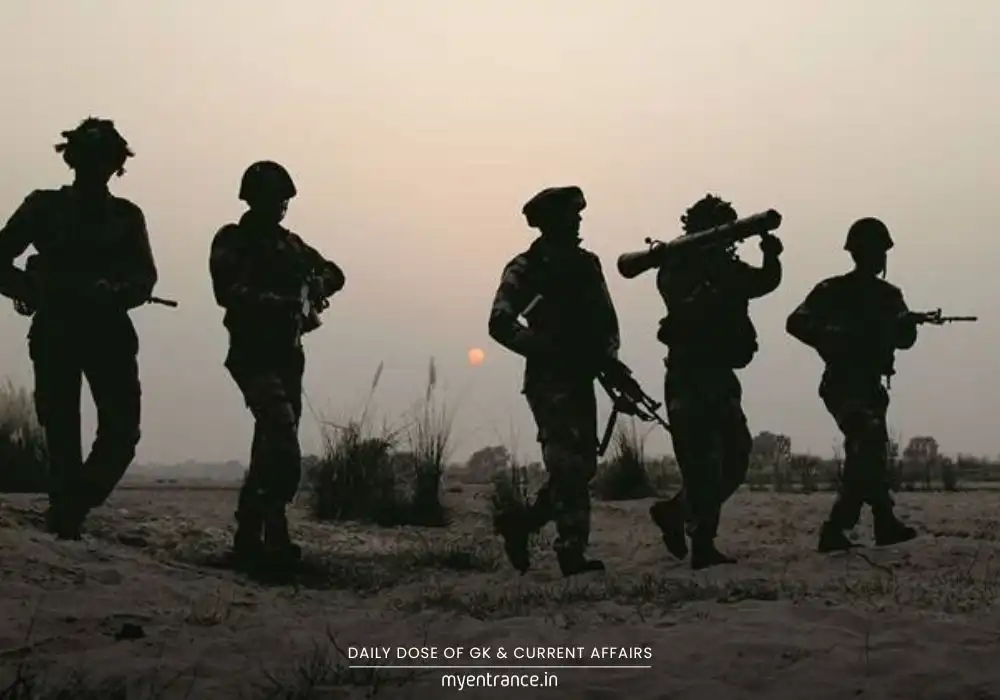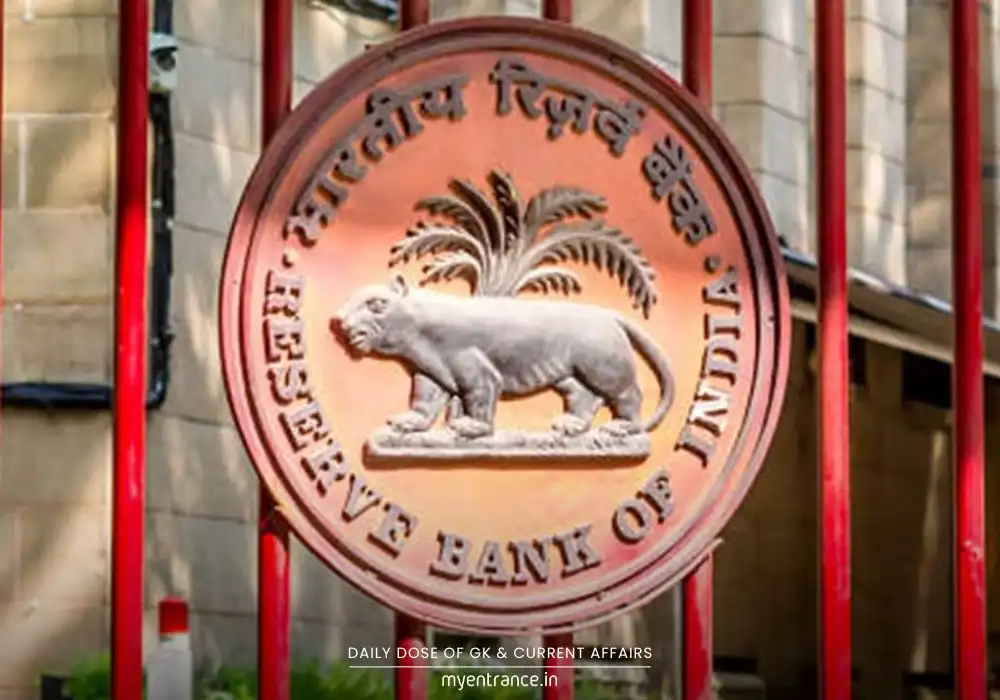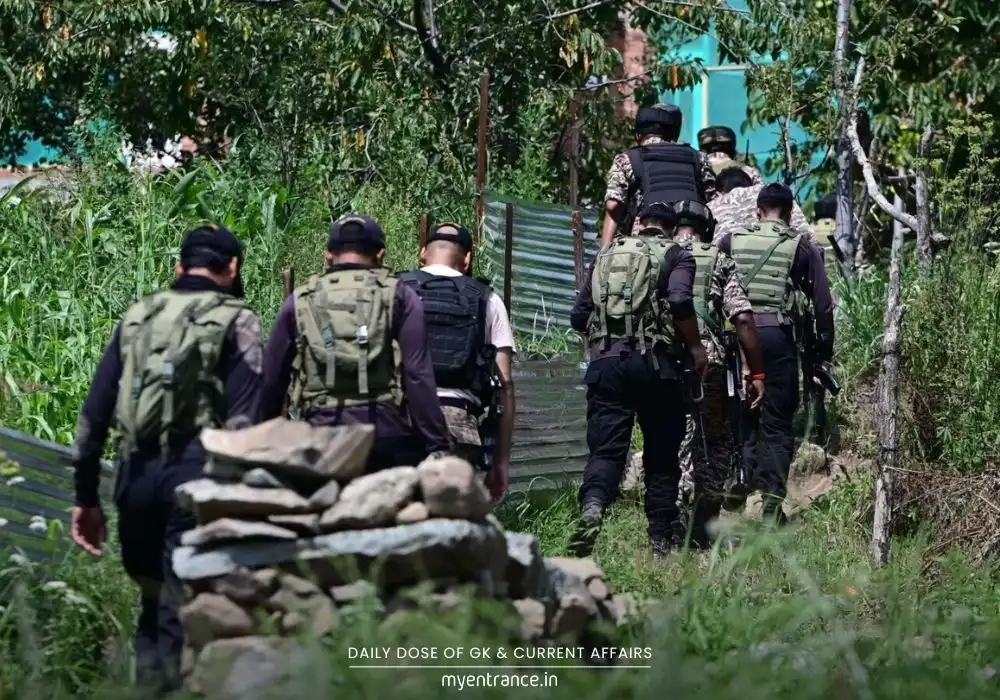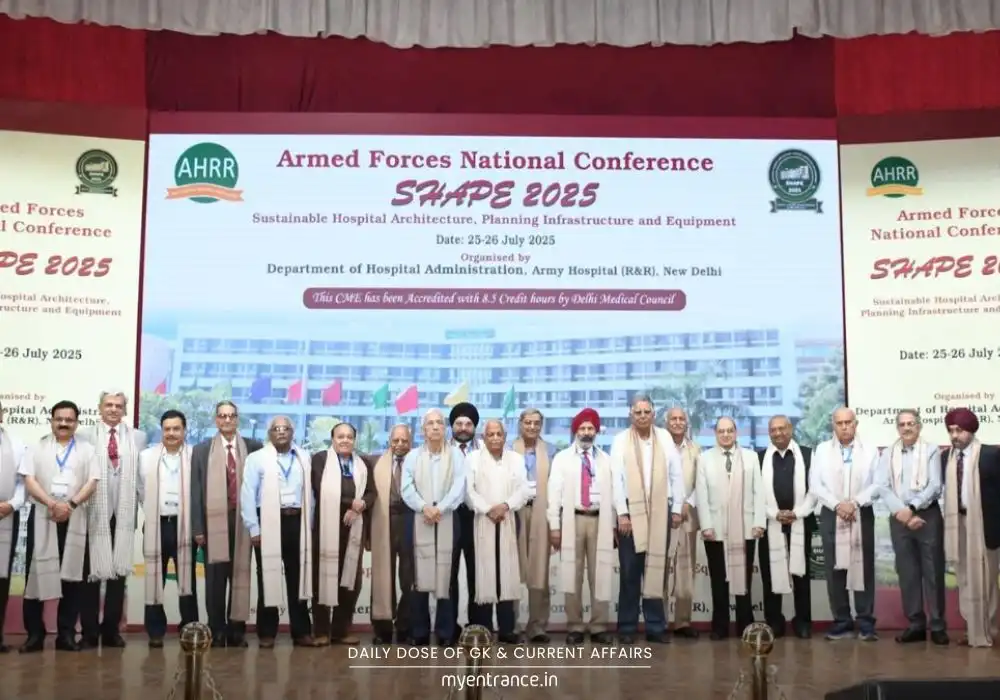Translate Language
Can Power Corridors Save India’s Critically Endangered Great Indian Bustard?
In a breakthrough for renewable energy firms, a Supreme Court-appointed panel has proposed designated “power corridors” to replace blanket bans on overhead transmission lines in Great Indian Bustard habitats. The plan expands conservation zones in Rajasthan and Gujarat but faces dissent over exemptions.

Revised Conservation Strategy for the Great Indian Bustard
The Core Conflict
With fewer than 150 Great Indian Bustards (GIBs) left, these birds face extinction due to collisions with power lines. Their poor vision makes overhead cables deadly, compounded by habitat loss and poaching. In 2021, the Supreme Court ordered all power lines in GIB habitats to be buried underground—a move later reversed in 2024 over feasibility concerns.
The Committee’s Proposal
A 7-member expert panel now recommends:
Designated Power Corridors:
5-km-wide zones in Rajasthan
1–2 km-wide corridors across two Gujarat sectors
Expanded Conservation Zones:
Rajasthan: 14,013 sq km (from 13,163 sq km)
Gujarat: 740 sq km (from 500 sq km)
Strict Bans:
*No new wind turbines, solar plants (>2 MW), or overhead power lines in priority zones. Only sub-11kV lines permitted via corridors.*
Mitigation Measures
Immediate underground burial of high-risk lines in core habitats
Rerouting 79 km of power lines in Gujarat
Voltage-based action:
Critical lines identified by SC to be buried first
220kV+ lines assessed case-by-case
33kV lines in priority areas to be buried/rerouted
Controversies & Dissent
One committee member opposed exempting existing lines from mitigation.
Objections surfaced over unaddressed risks from upcoming 400kV lines in Gujarat.
Conservationists argue excluded areas in Rajasthan still host GIBs, citing documented bird deaths.
Conservation Innovations
“Jump Start” Revival: Using eggs from Rajasthan’s breeding facilities to boost Gujarat’s population.
Radio-tagging remaining GIBs for tracking.
Renewable Sector’s View
While rerouting lines is cheaper than underground burial, industry experts note it could delay green energy projects—key for India’s climate goals.
Why This Matters for Aspirants
For exams like UPSC, KAS, and SSC:
Environment vs. Development debates are recurring themes.
Supreme Court interventions in conservation set key precedents.
Habitat-specific policies reflect pragmatic governance—ideal for essay questions.
Key Takeaway: This case epitomizes balancing ecological preservation with renewable energy expansion—a model future administrators must navigate.
Get 3 Months Free Access for SSC, PSC, NIFT & NID
Boost your exam prep!
Use offer code WELCOME28 to get 3 months free subscription. Start preparing today!
